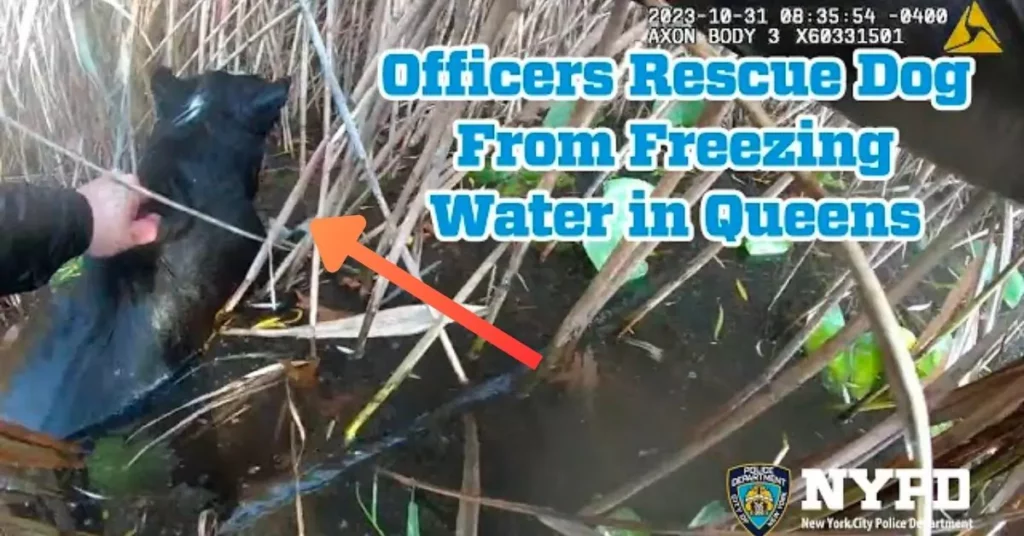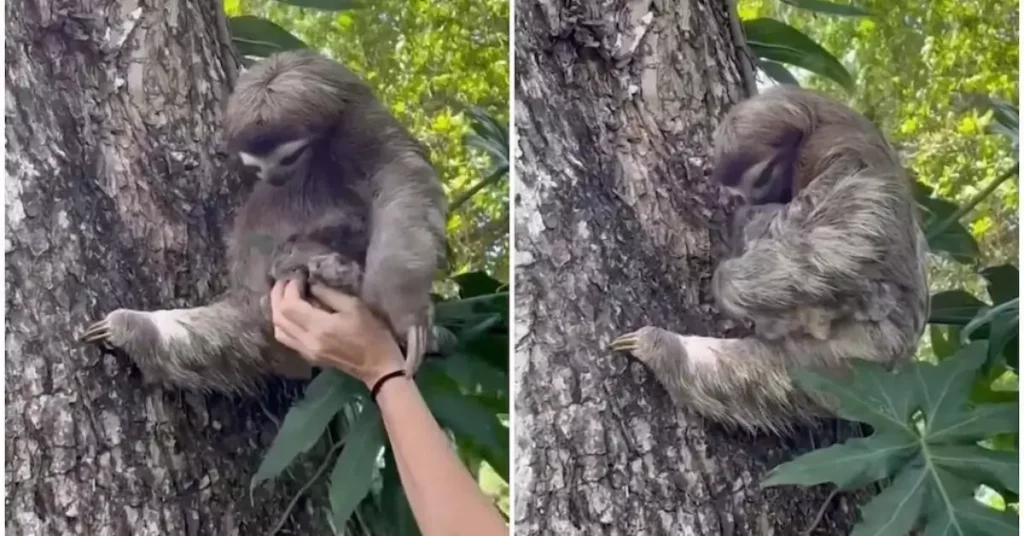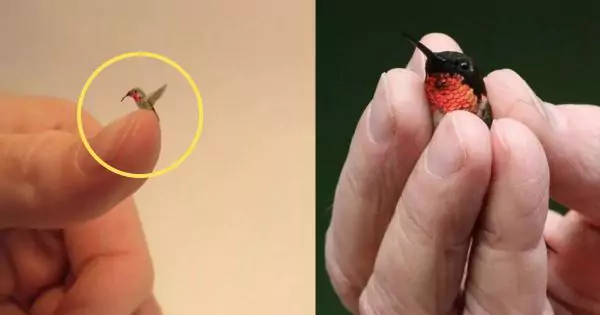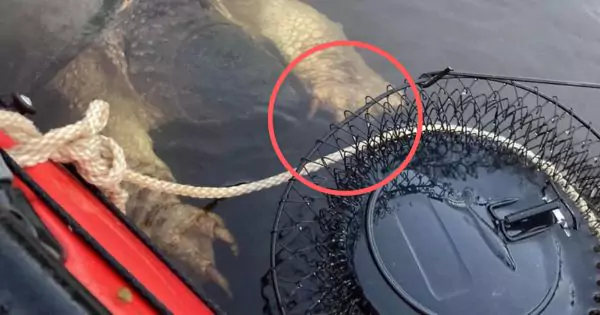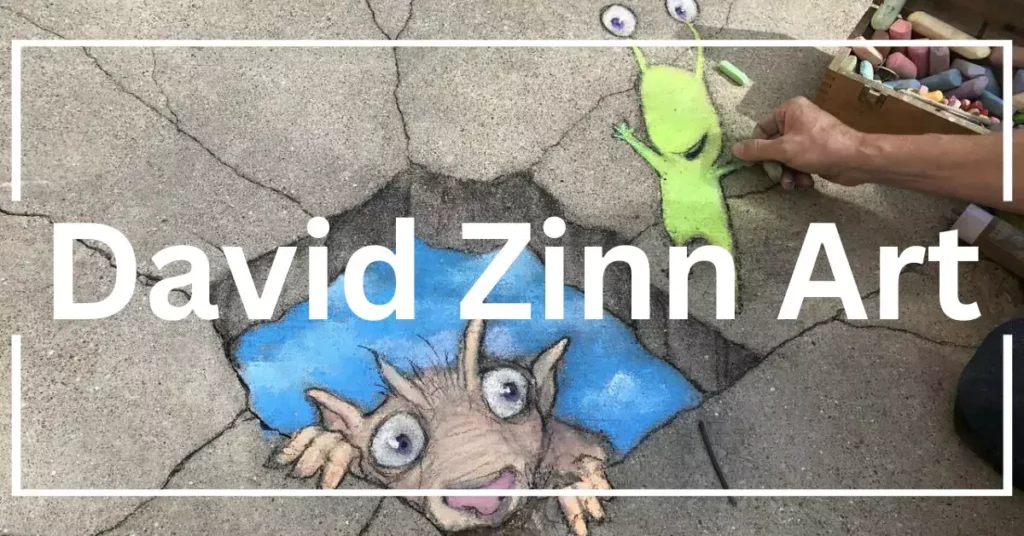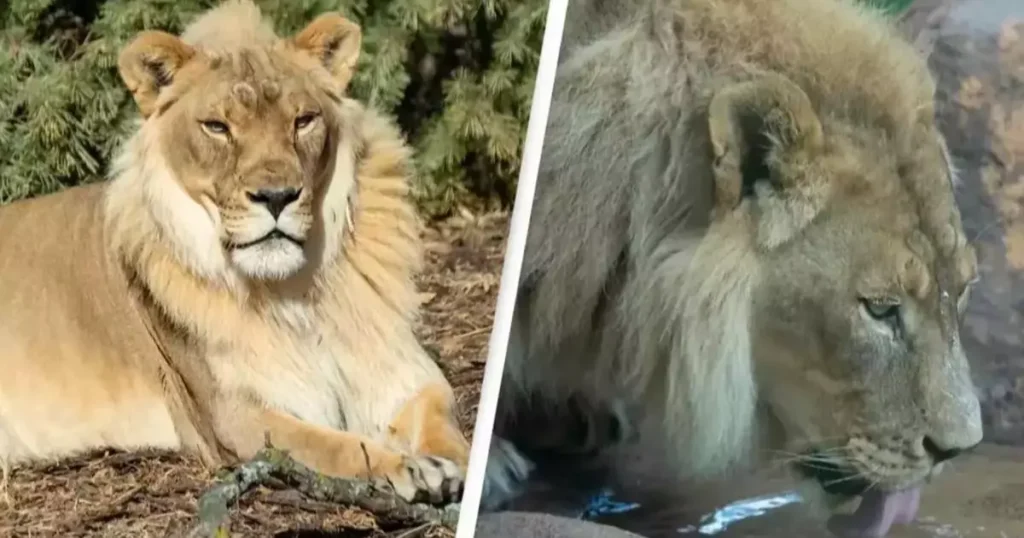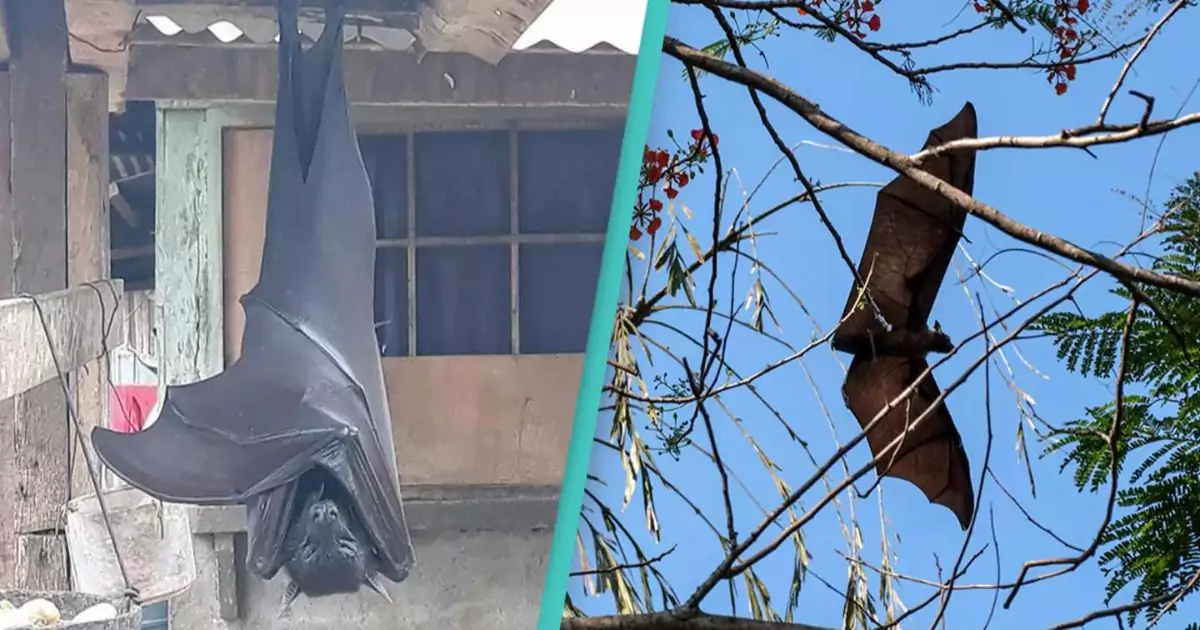
A jaw-dropping photo of a bat that appears to be the size of a human has taken the internet by storm, leaving many to question its authenticity. Despite its surreal appearance, the image is genuine, though the reality behind it is just as fascinating. This captivating image has sparked widespread interest and curiosity, leading to discussions about the natural world, photography techniques, and even the implications for health and travel insurance. In this extensive exploration, we’ll delve into the truth behind the photo, the biology of the golden-crowned flying fox, and the broader impact on society and the environment.
The Enormous Bat: Fact or Fiction?
When you first glance at the photo of the enormous bat, you might think it’s been digitally manipulated. The bat, seemingly taking a daytime snooze, is seen wrapping its massive wings around itself and closing its eyes while roosting in the outbuildings of someone’s home. The sheer size of the creature makes it hard to believe that bats can grow that large.
However, this image has not been subject to any editing. It captures the true scale of one of the largest bat species in the world: the golden-crowned flying fox. This bat species, native to the Philippines, is truly a marvel of nature, and understanding its biology and behavior can help demystify the shocking photo.
The Golden-Crowned Flying Fox
The golden-crowned flying fox is a species of megabat that can boast a wingspan of up to five and a half feet. While this is indeed impressive, the term “human-sized” might be a bit of a stretch. The body of the bat typically measures around one foot in height, making it considerably smaller than an average human. However, when its wings are fully extended, the bat’s size can be quite imposing.
These bats are known for their distinctive golden fur on their heads, which contrasts strikingly with their dark wings. This unique appearance, coupled with their size, makes them one of the most fascinating and visually striking species of bats. The golden-crowned flying fox plays a crucial role in its ecosystem, primarily through its dietary habits.
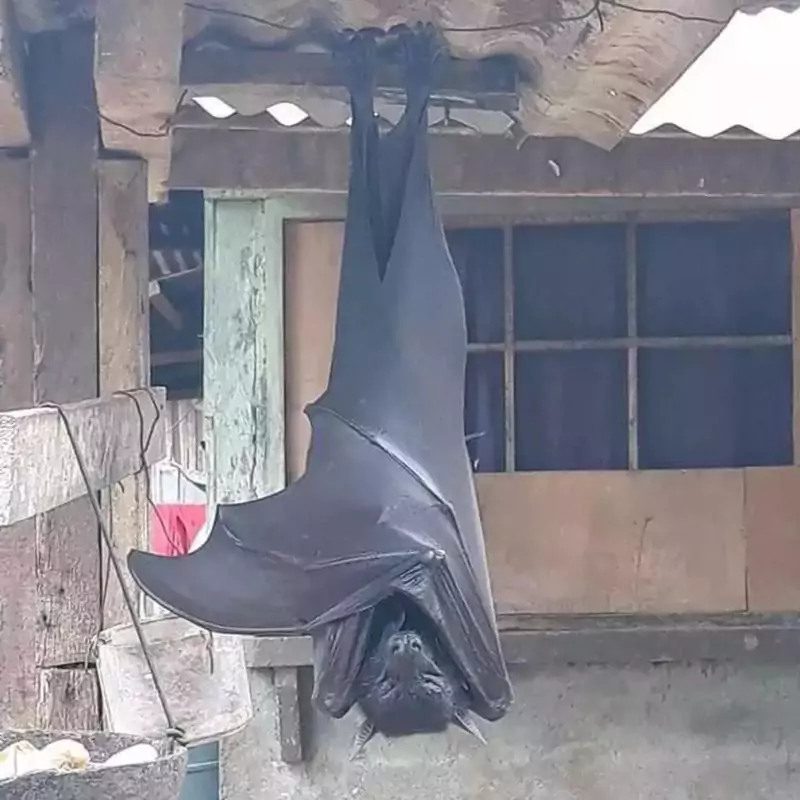
The Illusion of Size: Forced Perspective
The photo of the bat was shared on Twitter by user @AlexJoestar622, who captioned it: “Remember when I told y’all about the Philippines having human-sized bats? Yeah, this was what I was talking about.” The image employs a technique known as forced perspective, which manipulates the viewer’s perception of size and distance.
Forced perspective is a well-known trick in photography and film, famously used in the production of the “Lord of the Rings” movies to create the illusion of hobbit-sized characters interacting with humans. By carefully positioning the subject and camera, forced perspective can make objects appear much larger or smaller than they are in reality. In this case, the angle and positioning of the bat in the photo make it appear even larger than it already is.
Understanding the Golden-Crowned Flying Fox
Despite the visual trickery, the golden-crowned flying fox is still a formidable flying creature. With a wingspan rivaling that of a small human, it’s one of the largest bats in the world. These bats are native to the Philippines and are known for their distinctive golden fur on their heads, which contrasts with their dark wings. Their impressive size and unique appearance have made them a subject of fascination and study among wildlife enthusiasts and researchers.
Dietary Habits and Conservation Status
For those who might be alarmed by the idea of encountering such a large bat, there is no need for fear. The golden-crowned flying fox is a frugivore, primarily feeding on fruits like figs, which are abundant in the Philippine forests they inhabit. Their diet consists mainly of fruit, making them harmless to humans. In fact, their fruit-eating habits play a vital role in their ecosystem, as they help with seed dispersal and the propagation of fruit-bearing trees.
Unfortunately, the golden-crowned flying fox is classified as an endangered species. The primary threats to their survival are habitat destruction and poaching. The deforestation in the Philippines has significantly reduced their natural habitat, while hunting has also taken a toll on their population. Conservation efforts are critical to ensuring the survival of this remarkable species.
The Role of Health and Travel Insurance
The presence of such large wildlife in certain areas can have implications for health and travel insurance. Understanding these implications can help individuals and communities better prepare for and respond to potential encounters with wildlife.
Health Insurance Considerations
While the golden-crowned flying fox is not dangerous to humans, encounters with wildlife can sometimes result in injuries. Health insurance policies should consider covering treatments for injuries caused by such encounters, even if they are rare. This is particularly relevant for people living in or traveling to areas where large wildlife is present.
Moreover, health insurance can also cover vaccinations and treatments for diseases that might be transmitted by wildlife. Although the golden-crowned flying fox does not pose a significant health risk, other wildlife species in the same habitat might. Ensuring comprehensive health coverage can provide peace of mind and necessary protection for individuals in these regions.
Travel Insurance Considerations
Travel insurance is another important aspect to consider, especially for those planning trips to regions with unique wildlife like the Philippines. Travel insurance policies can offer coverage for medical emergencies related to wildlife encounters, trip cancellations due to environmental hazards, and even lost or delayed baggage.
When planning a trip to an area known for its distinctive wildlife, travelers should check if their insurance policies cover potential wildlife-related incidents. This includes not only medical emergencies but also any disruptions caused by natural events that may impact wildlife and, consequently, human activities.
The Broader Ecological and Social Impact
The fascination with the golden-crowned flying fox and its impressive size highlights the broader ecological and social impact of wildlife. These bats, like many other species, play a crucial role in their ecosystems. Understanding and protecting them is essential for maintaining biodiversity and ecological balance.
Conservation Efforts and Challenges
Conservation efforts aimed at protecting the golden-crowned flying fox face several challenges. Habitat destruction, primarily due to deforestation, is a significant threat to these bats. The loss of forests in the Philippines has drastically reduced the available roosting and foraging areas for these creatures, leading to a decline in their population.
Poaching is another major threat. Despite being a protected species, the golden-crowned flying fox is still hunted for its meat and other body parts. This illegal activity continues to pose a risk to their survival. Effective enforcement of wildlife protection laws and increased awareness about the importance of conserving these bats are crucial steps in addressing these challenges.
The Importance of Community Involvement
Community involvement plays a vital role in conservation efforts. Local communities living near the habitats of the golden-crowned flying fox can contribute significantly to protecting these bats. By participating in conservation programs, reporting illegal activities, and promoting sustainable practices, communities can help ensure the survival of this endangered species.
Educational programs that highlight the ecological importance of the golden-crowned flying fox and the need for conservation can also foster a sense of responsibility and stewardship among local populations. Empowering communities with knowledge and resources is key to successful conservation initiatives.
The Role of International Organizations
International organizations and conservation groups also play a crucial role in protecting the golden-crowned flying fox. These organizations can provide funding, expertise, and support for conservation projects in the Philippines. Collaboration between local and international entities can enhance the effectiveness of conservation efforts and ensure a coordinated approach to protecting these bats.
Raising Awareness Through Media
Media coverage, like the viral photo of the golden-crowned flying fox, can play a significant role in raising awareness about the species and the challenges they face. When these stories go viral, they capture the public’s attention and can lead to increased interest and support for conservation efforts.
Documentaries, articles, and social media campaigns can educate the public about the importance of biodiversity and the need to protect endangered species. By highlighting the unique characteristics and ecological roles of species like the golden-crowned flying fox, media can inspire action and advocacy.
Technological Innovations in Conservation
Advancements in technology have also opened new avenues for conservation efforts. Drones, satellite imagery, and GPS tracking are some of the tools that can be used to monitor the movements and habitats of the golden-crowned flying fox. These technologies can provide valuable data that can inform conservation strategies and help protect the species more effectively.
For example, drones can be used to survey forest areas and detect illegal logging activities that threaten the bats’ habitat. GPS tracking can help researchers understand the bats’ migration patterns and identify critical roosting sites that need protection.
The Interconnectedness of Ecosystems
The story of the golden-crowned flying fox underscores the interconnectedness of ecosystems. These bats play a vital role in seed dispersal, which in turn supports the growth of forests. The health of forest ecosystems is closely linked to the well-being of numerous other species, including humans.
Protecting the golden-crowned flying fox and their habitat has a ripple effect on the broader ecosystem. It helps maintain biodiversity, supports other wildlife, and ensures the sustainability of natural resources that local communities depend on.
The incredible photo of the golden-crowned flying fox serves as a reminder of the wonders and mysteries of the natural world. While the image employs clever photography techniques to enhance the bat’s size, the reality of this species is just as awe-inspiring. With their impressive wingspan and crucial role in their ecosystem, golden-crowned flying foxes are a testament to the diversity and beauty of wildlife. However, their endangered status also highlights the importance of conservation efforts to protect these magnificent creatures and their habitats.
Understanding the ecological and social impact of species like the golden-crowned flying fox is essential for fostering a deeper appreciation for nature and the need for conservation. By raising awareness, supporting conservation initiatives, and considering the implications for health and travel insurance, we can contribute to a more sustainable and harmonious relationship with the natural world.
Next time you come across an astonishing photo on the internet, remember that sometimes reality, with a little help from perspective, can be stranger—and more fascinating—than fiction.
Featured Image Credit: Twitter/@AlexJoestar622/Getty Images/Thierry Falise




